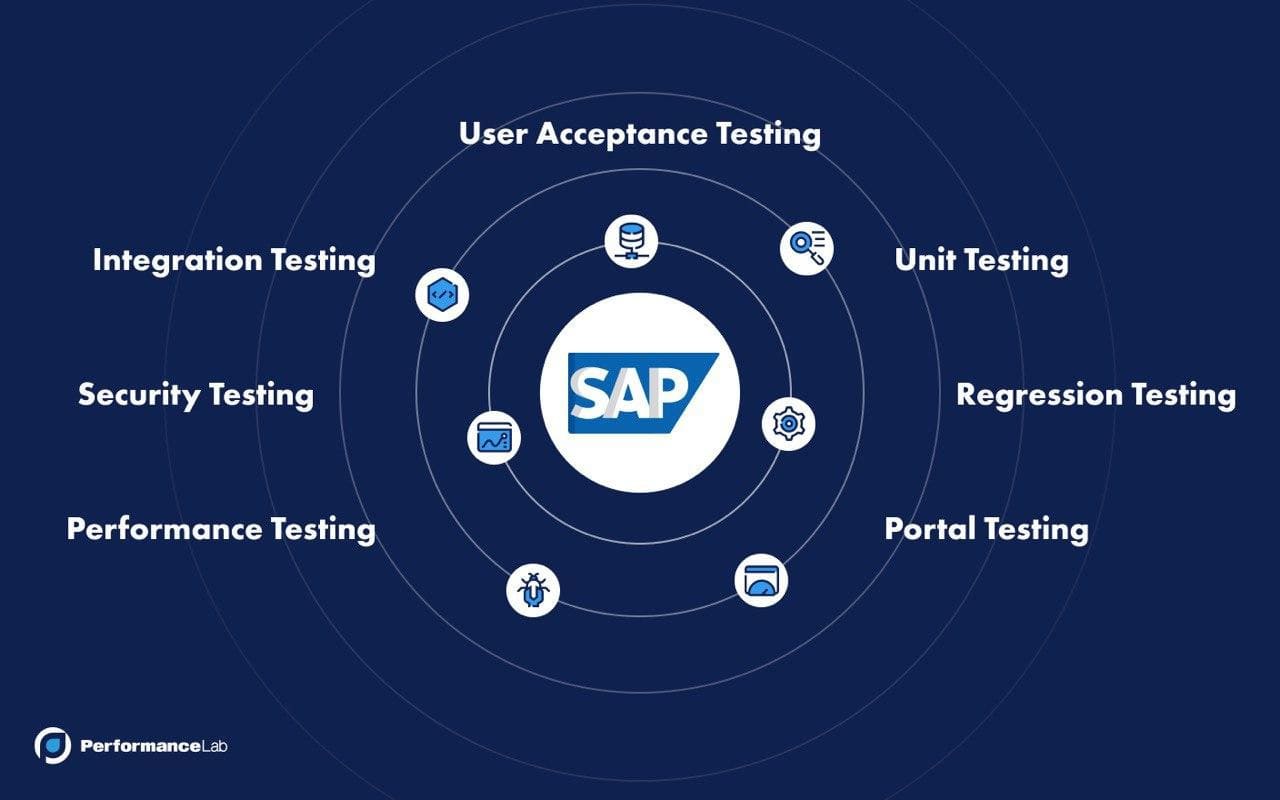SAP Testing: Ensuring Quality and Efficiency in Enterprise Systems
Introduction
SAP (Systems, Applications, and Products in Data Processing) is a leading enterprise resource planning (ERP) software used by organizations worldwide to manage various business processes, including finance, supply chain, and human resources. SAP systems are complex and integral to business operations, making SAP testing crucial for ensuring their functionality, reliability, and performance. This article explores the importance of SAP testing, its methodologies, best practices, and the role it plays in maintaining the quality of SAP systems.
Importance of SAP Testing
SAP testing is essential for several reasons:
- Ensures System Integrity: Testing verifies that SAP applications function as expected and that all processes work correctly. This helps in maintaining the integrity of the system and prevents disruptions in business operations.
- Validates Customizations: Organizations often customize SAP systems to meet specific business needs. Testing ensures that these customizations do not interfere with standard functionalities and that they operate smoothly.
- Prevents Data Errors: SAP systems handle vast amounts of critical data. Testing helps identify and rectify data errors before they impact business operations, ensuring accurate and reliable data processing.
- Improves User Experience: Thorough testing ensures that end-users have a seamless and efficient experience with SAP applications. This reduces user frustration and increases productivity.
- Reduces Costs: Identifying and fixing issues during the testing phase is typically less costly than addressing problems after deployment. Effective testing helps avoid costly post-implementation fixes and system downtime.
SAP Testing Methodologies
SAP testing involves several methodologies, each targeting different aspects of the system. Common methodologies include:
- Functional Testing: This methodology focuses on verifying that SAP applications perform their intended functions. It involves testing various business processes, modules, and functionalities to ensure they work as specified in the requirements.
- Integration Testing: Integration testing ensures that different SAP modules and systems work together seamlessly. It verifies that data flows correctly between modules and that integrated processes function as expected.
- Regression Testing: When changes are made to the SAP system, such as updates or customizations, regression testing ensures that these changes do not negatively impact existing functionalities. This type of testing helps maintain system stability and reliability.
- Performance Testing: Performance testing evaluates how well the SAP system performs under various conditions, such as high user loads or large data volumes. It helps identify potential bottlenecks and ensures that the system meets performance requirements.
- User Acceptance Testing (UAT): UAT involves end-users testing the SAP system to ensure it meets their needs and expectations. This testing is critical for validating that the system aligns with user requirements and business processes.
- Security Testing: Security testing focuses on identifying vulnerabilities and ensuring that the SAP system is secure from unauthorized access and data breaches. It includes testing user authentication, authorization, and data protection measures.
Best Practices for SAP Testing
Implementing best practices in SAP testing can enhance the effectiveness and efficiency of the testing process. Key best practices include:
- Define Clear Requirements: Establish clear and detailed requirements before beginning the testing process. This helps ensure that all aspects of the SAP system are tested according to business needs and specifications.
- Develop a Comprehensive Test Plan: Create a detailed test plan outlining the scope, objectives, methodologies, and resources needed for testing. A well-defined test plan helps organize and manage the testing process effectively.
- Use Automated Testing Tools: Leverage automated testing tools to streamline repetitive and time-consuming testing tasks. Automation can improve test coverage, reduce testing time, and enhance accuracy.
- Perform Regular Testing: Conduct testing at various stages of the SAP system lifecycle, including during development, before deployment, and after updates. Regular testing helps identify and address issues early and ensures ongoing system quality.
- Engage End-Users: Involve end-users in the testing process, particularly during UAT. Their feedback is valuable for validating that the system meets user needs and functions as expected in real-world scenarios.
- Document Test Results: Maintain thorough documentation of test results, including any issues identified and their resolutions. This documentation is essential for tracking progress, analyzing trends, and ensuring accountability.
- Continuous Improvement: Continuously evaluate and improve testing processes based on feedback and lessons learned. Adopting a mindset of continuous improvement helps enhance the effectiveness of SAP testing over time.
Tools for SAP Testing
Several tools can aid in SAP testing, including:
- SAP Solution Manager: SAP Solution Manager is an integrated platform for managing the SAP system lifecycle, including testing. It provides tools for test management, defect tracking, and test automation.
- HP ALM/QC (Application Lifecycle Management/Quality Center): HP ALM/QC is a popular test management tool that supports test planning, execution, and reporting. It integrates with SAP environments to streamline testing processes.
- Worksoft Certify: Worksoft Certify is an automated testing tool designed for SAP applications. It offers features for functional, regression, and end-to-end testing, helping organizations ensure the quality of their SAP systems.
- TOSCA Testsuite: TOSCA Testsuite is an automated testing solution that supports SAP testing through model-based test automation. It provides comprehensive testing capabilities for various SAP modules and applications.
Conclusion
SAP testing is a critical component of maintaining the quality and reliability of SAP systems. By employing effective testing methodologies, following best practices, and utilizing appropriate tools, organizations can ensure that their SAP applications function as intended, meet user needs, and support business operations. As SAP systems continue to evolve and integrate with new technologies, ongoing testing will remain essential for sustaining system integrity and performance.




